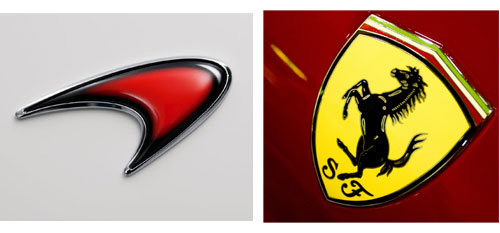Styling Misfires: The ’04-’06 Pontiac GTO

It could have been great. Really.
Arriving in showrooms a year before Ford’s acclaimed Mustang reboot in 2005, the 2004-2006 Pontiac GTO had a real chance to vault past its eventual competitors, including the Chevy Camaro and Dodge Challenger, as the first of a new generation of muscle cars. Pontiac’s “GTO” nameplate has volumes of automotive history and lore to draw from, aesthetically and philosophically, and the platform chosen for the new car was GM Australian subsidiary Holden’s excellent Monaro sports GT.

Such potential…such failure. The GTO never even approached GM’s sales expectations and lingered in showrooms for a few lonely years before being quietly euthanized. What happened?
To put it mildly, the enthusiast community was underwhelmed. I pin the vast majority of the blame on the looks. It really is hard to fault the combination of a GM pushrod V8, RWD chassis, 6-speed manual transmission and competent suspension tuning. All reviews of the day noted that although the dynamics of the car lacked the ultimate polish of the GTO’s European rivals, they were exemplary for an American car, and for Pontiac especially, who, as noted in the recent post on the equally ill-fated G8 sports sedan, had been forced for years to convince the buying public that warmed-over, badge-engineered FWD family sedans were the last word in “performance.” Finally, finally, they received a platform with all the mechanical organs in the right places, and…the styling deep-sixed the car’s chances before the enthusiast community even entered the showroom.
It’s not that the GTO is an ugly car—it’s not—it’s just… Utterly anonymous-looking. Plastic. Jellybean-like. It could have been the 2-door version of a contemporary FWD Pontiac family sedan and no one would have been the wiser. It did not mine any classic GTO design themes or cues, and its innocuous aesthetics were completely at odds with any kind of rip-snorting “bad boy” muscle car feel its chassis tried to convey.

For its last two model years in 2005 and 2006, Pontiac attempted to “beef up” the car’s visual flair with a pair of hood scoops and true dual exhaust tips, among a handful of other detail changes, but it was too little, too late, and anyway the changes didn’t alter the GTO’s fundamental styling shortcomings. Pity; there was so much goodness under the skin.
Image credits: netcarshow.com
Editor’s note: This post is part of an ongoing series wherein we discuss unsuccessful cars whose styling was their overlooked (or denied) Achilles heel. Read the other installments here:


































